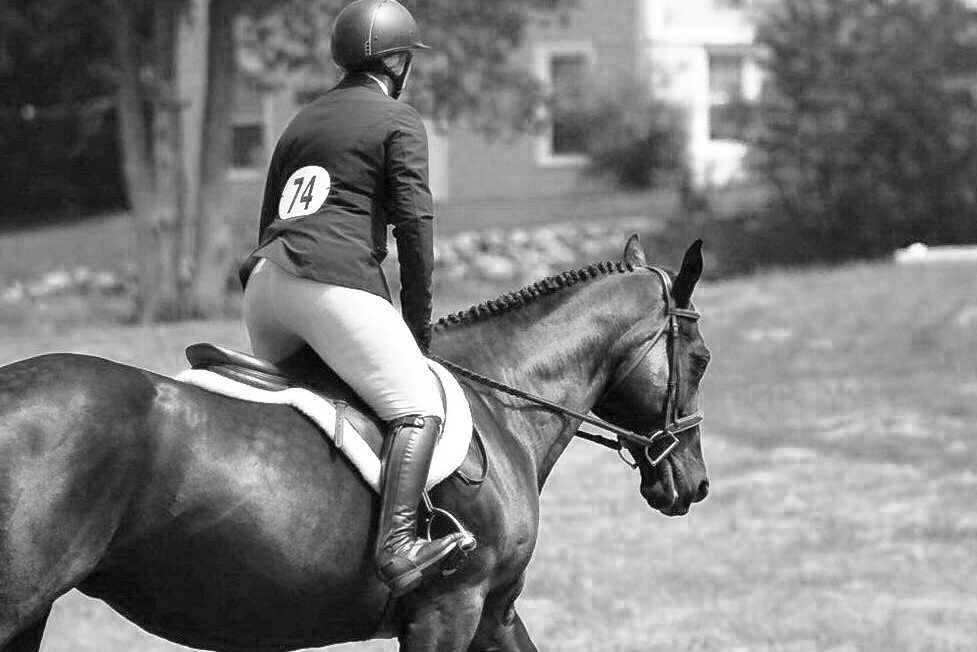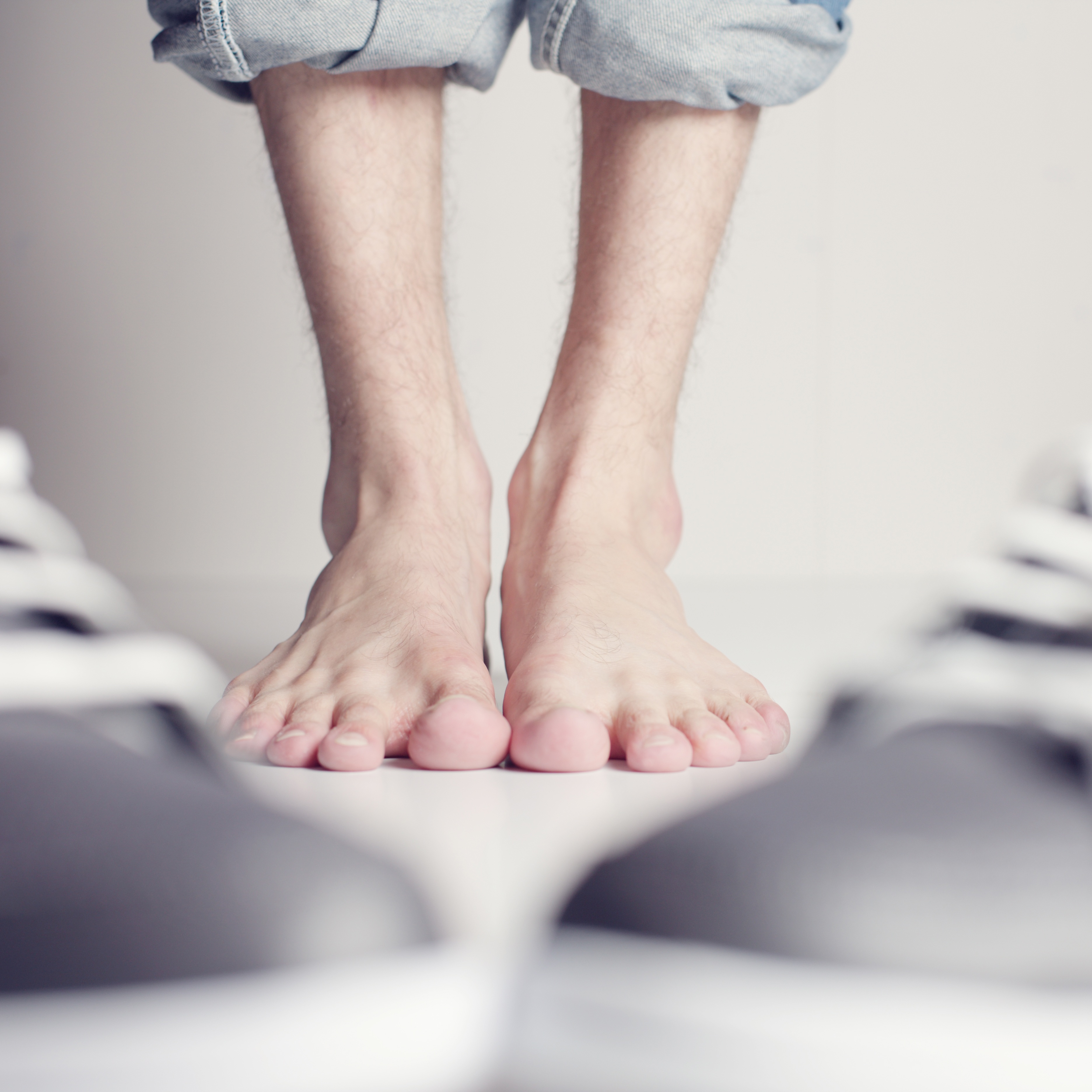How Products Are Made- Part III
A few months ago we introduced this series, How Products Are Made, following up with the post How Products Are Made-Part II sharing with you how Draper is turning raw materials into the finished goods that are in your home or at your barn. Our focus being that we’re bringing high quality, US made and proven holistic products from our family to yours.
This first blog post was an introduction of the general processes that occur from product conception through delivery. We then followed up to tell you how ideas are brought to our attention, though Ideas and Demand. The overall structure of our process, is as follows, with the remaining blog post focusing on Research and Development.
How it’s Made at Draper Therapies:
- Ideas and Demand
- Research and Development
- Designing and Knitting the Fabric
- Sampling and Feedback
- Production
- Sale and Promotion
With Research and Development, Draper Knitting has taught me that it is invaluable to provide the highest quality products that stand the test of time. Draper Knitting is Draper Therapies’ parent company, for those of you who don’t know, and are also the ones responsible for creating most of the fabric that goes into our line. They’ve been around since 1856 and have had to reinvent themselves many times to keep up with new technologies and trends. They have learned what it takes to be ahead of the curve and continually striving for that goal. They excel at research and development and because of it have helped Draper Therapies do the same.
Once a product is conceptualized or suggested, we break it down to find what we want the end product to achieve. We list the uses and features we want the item to have. We look to see if there are similar products already in the marketplace. If there are, we study them to see where they can be improved. We read reviews, tons of reviews. All this leads us to the formulation of a plan.
We then take the plan to our designers. Our in-house team handles many of our ideas. The talented designers at Saratoga Horseworks pattern and produce all our dog and horse garments. Once the product is on paper, everyone has the chance to voice their opinion. We discuss the pattern and all its features until all the questions have been settled. It is amazing how many fabrics, belts, buckles, trim and labels can go into one horse blanket! The final piece of the puzzle is a selection of the fabric to be used. A tremendous amount of energy is put into this. Wear and tear along with performance is all considered. Sometimes a new fabric is created with its’ own knit style, pattern, fiber content blend and weight. Other times we have an existing fabric that will suit the project and we can move right onto making a sample.
Demand gets a new product to this stage. And it’s where considerable time is spent determining the current market for the item. Who will be using it and in what manner? We go back to reviews of similar items, we talk to folks at trade shows, we listen to feedback from current customers, and we poll our Advisory Board. The internet can also provide endless sources for evaluating design, function, and longevity. Collecting sufficient data to be able to support the development stages of a new item is very important. This information is then used later in final production and marketing of the product. When it comes to marketing, knowing and being able to target your specific audience prevents costly broad range marketing down the road.
 Draper Therapies came into being centered on the development of the therapeutic fiber now known as Celliant. Because all our products contain Celliant, our product line is already considered a specialty line. Building a customer base on this new fangled technology alone is a challenge onto itself. Now add to this the creation of products that further limit your market (for instance, horse products) and you have to be very sure of your products and their performance. When you develop products for a niche market, you must start with great relationships with your customers and build out from there.
Draper Therapies came into being centered on the development of the therapeutic fiber now known as Celliant. Because all our products contain Celliant, our product line is already considered a specialty line. Building a customer base on this new fangled technology alone is a challenge onto itself. Now add to this the creation of products that further limit your market (for instance, horse products) and you have to be very sure of your products and their performance. When you develop products for a niche market, you must start with great relationships with your customers and build out from there.
So, while keeping in mind all that feedback, it is essential to remember that the more general a product is, the more it can be used by a broader audience. For example, with the multitude of horse disciplines out there, we must first think is there a way some of our products can cross the lines and work for most horses? To survive in a retail world, the answer must be “yes”.
A final consideration is the consumer’s use of an item. Take a pair of gloves for example. Will they be used strictly for their therapeutic properties while the wearer is at rest, will they be used for a specific job or work, will they be general use, or maybe just for warmth? Finding the traits of a product that fit your overall audience the best is often times the wisest choice when building retail products. All sides of these issues hold weight in any design decisions.

Sometimes failure is our best friend. Studying why a product (ours or someone elses) did not perform to our standards is the best and most inspiring way to lead us to our next big idea. It is a challenging and exciting proposition to have the opportunity to create a better something for our current and future customers. This development stage is about bringing the team together. The end result of all this research is holding a working sample in your hands!
Now the fun begins! Stay tune for an in depth look at fabric design and production as well as where our samples go from here!


Leave a Reply